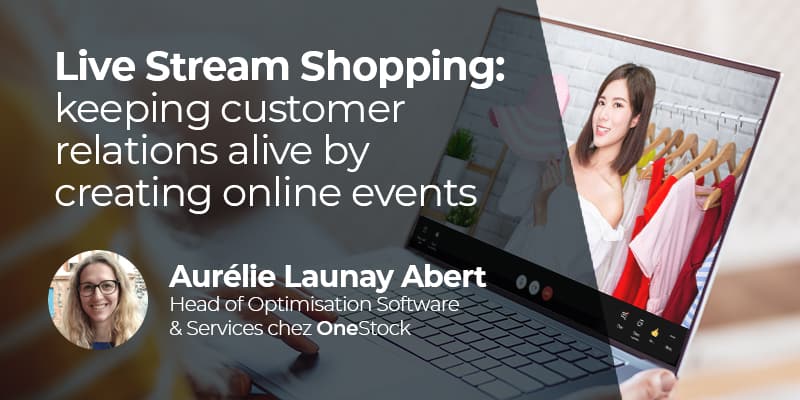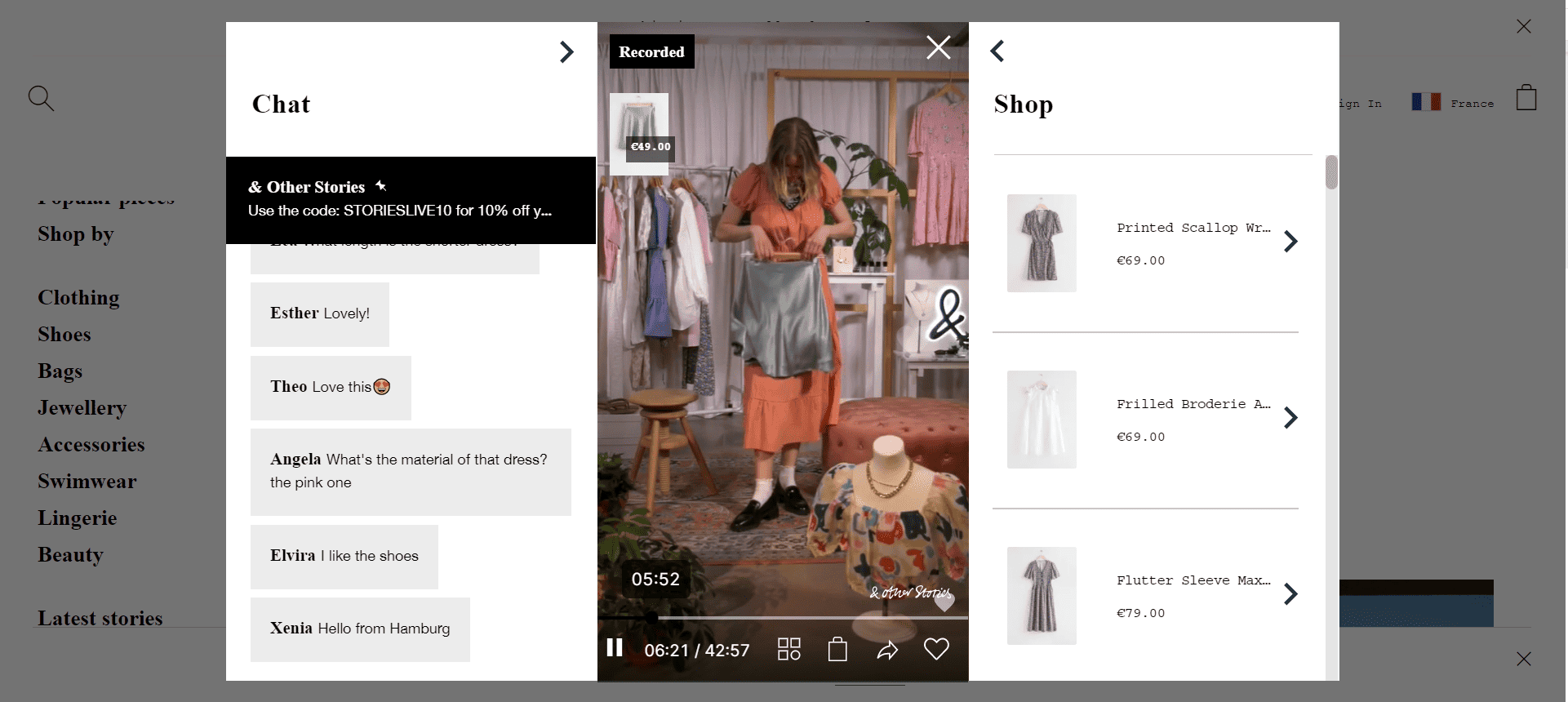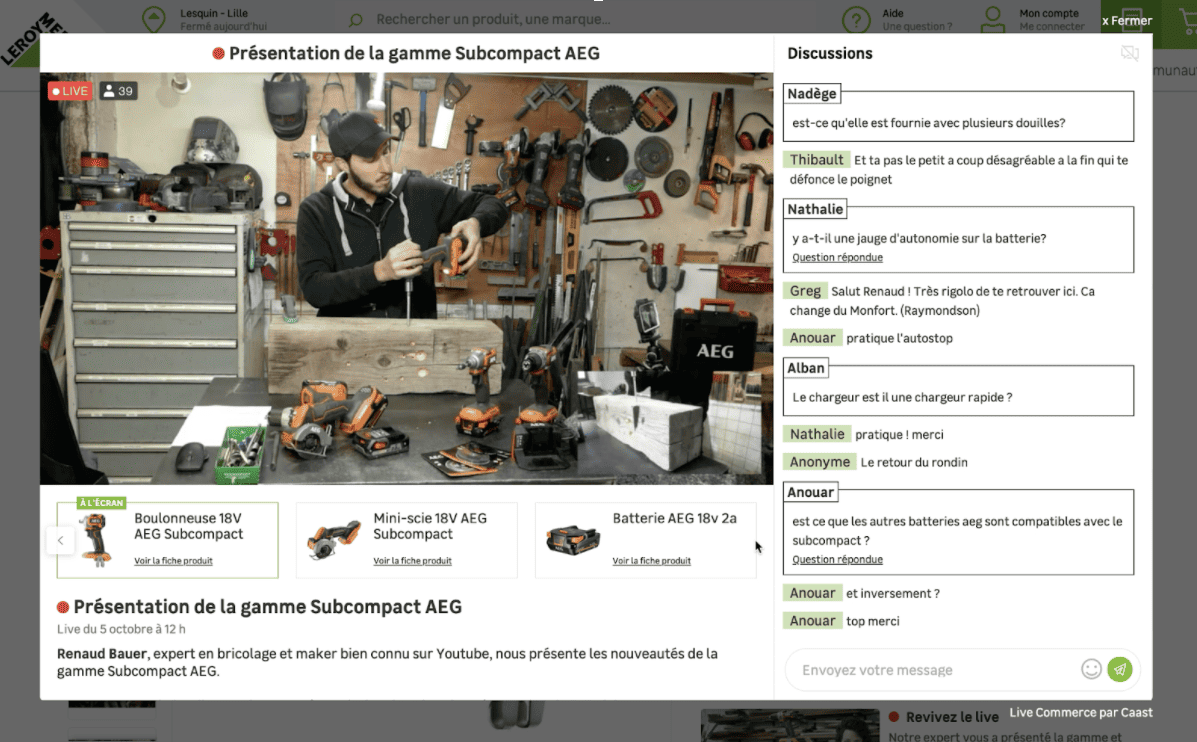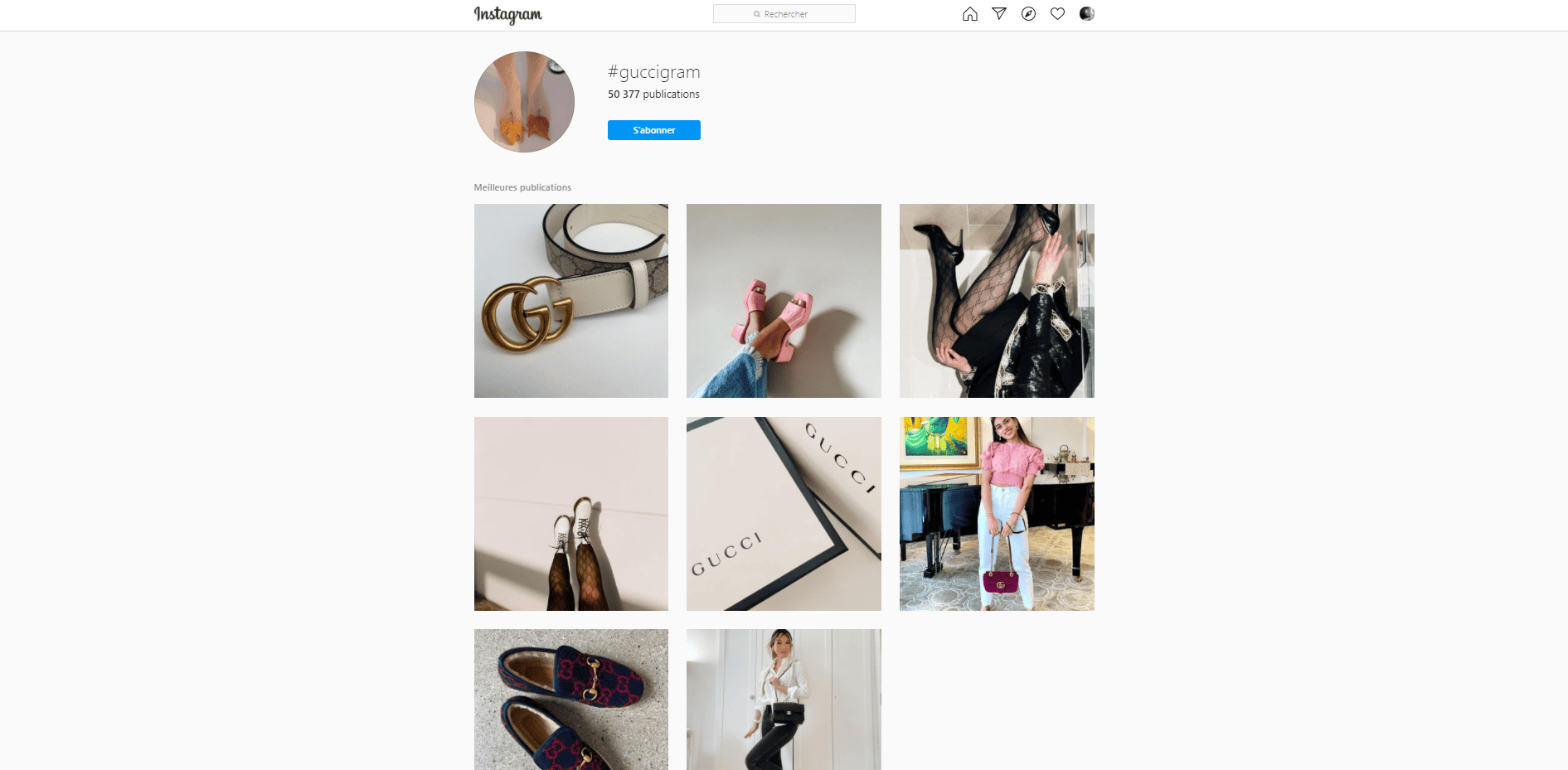
Keeping customer relationships alive with live stream shopping
The pandemic has considerably accelerated the growing trend of live stream shopping. It is estimated that the Live Shopping market will be worth $25 billion in the US by 2023.
The challenge for brands is to make this a sales channel that supplements the in-store experience without it becoming a replacement sales channel.
Assisted remote shopping
Assisted remote shopping allows retailers to keep in touch with their customers, advise them remotely and complete the sale without the customer having to leave their house. With virtual appointments, the sales associate can present the entire catalogue in stock to the customer via a video call. Once the customer has made their choice, the sales associate sends a link to ensure secure payment, and the experience is as fluid and simple as it would be in a store. This is the ideal solution for maintaining a direct relationship between the sales assistant and the customer so that the latter can benefit from a completely personalised experience. Social distancing is maintained, without breaking this link.

Live stream shopping
Live shopping, on the other hand, goes beyond remote selling and has become an innovative marketing and communication tool. The Swedish brand & Other Stories (part of the H&M Group) offers live shopping events to their customers, giving them the opportunity to discover the new collection by connecting online to the show. This way, their customers are also able to pre-order items in the new collection. The brand was able to combine interactive experience, events and private sales despite having most of its shops closed during the lockdown.

In 2020, Etam launched its first live fashion show, which could be watched as if you were in the Front Row, with the only difference being that in addition to the show, viewers could also buy the exclusive lingerie presented live by the models on the site. The customer is a guest, the guest is a customer, the circle is complete. The customer remains at the heart of the experience, which is built around him.
Even the DIY industry is getting involved! In addition to seeing the products in action, live shopping allows the customers to ask all their questions about the technical characteristics of the products. Connected sales assistants then answer them directly, as if they were in front of you in the shop (or even faster in some cases). This provides a strong element of reassurance and is particularly appreciated by buyers.

Social Selling
Brands are also using social networks such as Instagram, TikTok, Snapchat or Twitter, to create events and attract a connected clientele thanks to influencers that post videos or photos linking to available products. Social selling has become a commercial strategy for the retail and luxury markets that are using it more and more.

Gucci is one of the luxury brands that most uses social selling and social networks in general to attract a new, young, trendy and highly influential clientele, which gives them an ultra-innovative image while retaining that luxury feel. Alessandro Michele, Gucci’s creative director, has even created the #GucciGram project on Instagram where he invites illustrators to create models adapted to the codes of social networks for a limited time. Because nowadays what’s better than an instagrammable collection that quickly goes viral? Some collections are made especially with this goal in mind. Sales success is guaranteed.

As a result, social selling has a very bright future ahead of it, and the health crisis has only accelerated a trend that was already underway. The challenge for brands will be to use these tools to complement their traditional sales channels, to have precise and reliable visibility of the stock levels available on each channel, but above all not to miss out on this new high-potential digital shift.


